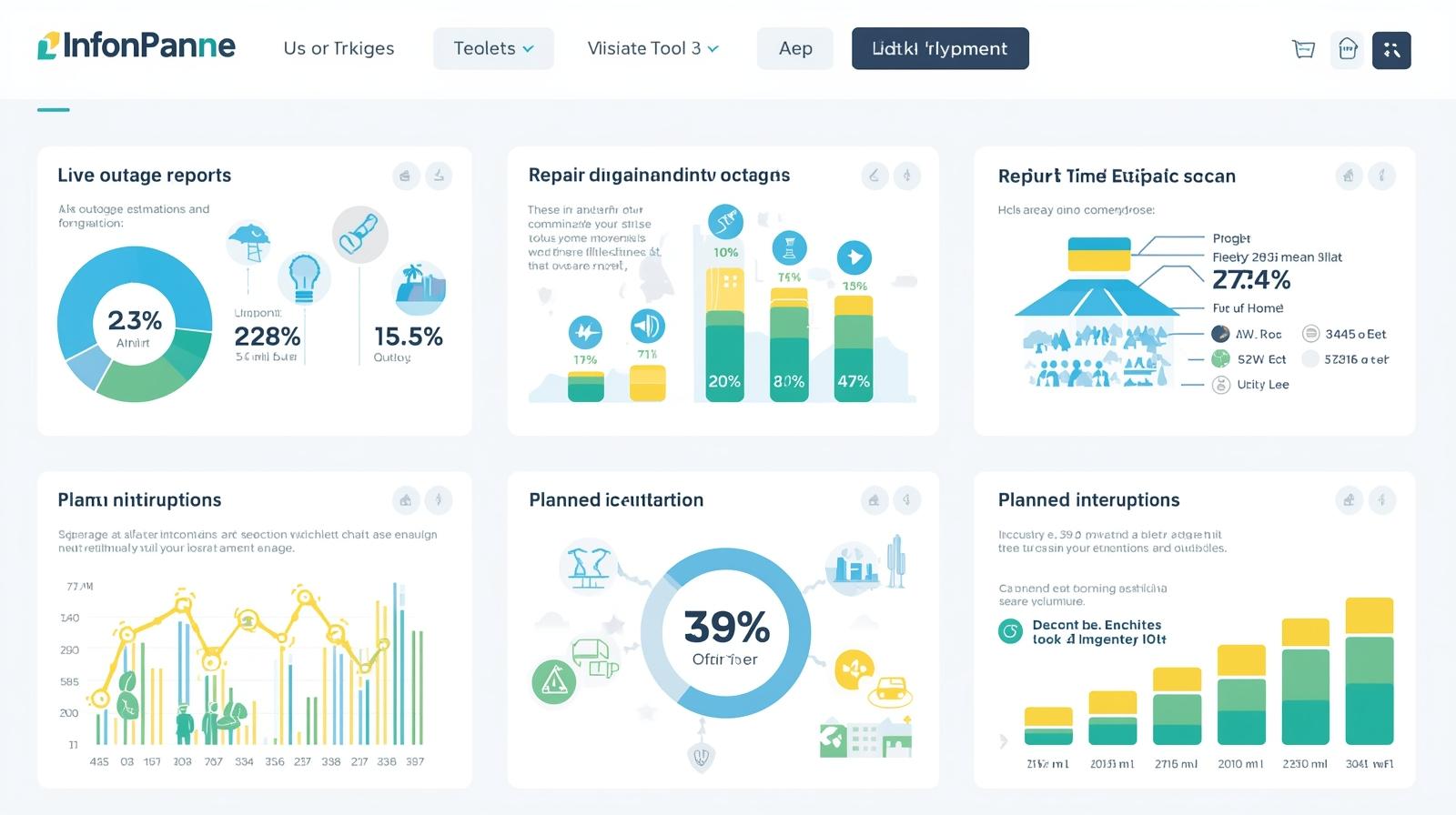Urban lighting has seen a fantastic transformation throughout the years. From the earliest flickering gas lamps that dotted cobbled streets to today’s energy-efficient LED streetlights, this story of public lighting tells the story of technological innovations, safety enhancements, and shifting urban landscapes. Urban lighting has revolutionized how we light our cities. It has greatly affected behavior, safety, and design.
This article will explore the development of street lights. It will start with the earliest gas lamps. Then, it will cover the widespread use of LEDs, which are now the standard in urban areas. Each new era of innovation changes how people use public spaces at night. It sheds light on the shifting relationship between lighting and urban life.
Early Days of Urban Lighting: The Age of Fire
Before modern lighting technology, towns and cities were typically covered in darkness following sunset. Lighting for public spaces was limited to just a few simple methods of lighting essential zones.
Torches and Lanterns
The first type of lighting for urban areas can be traced to lighting solutions based on fire, like torches or oil lamps. These techniques were frequently employed to light public spaces, festivals, or other critical civic occasions. Though primitive, the fire-based lighting effectively secured against predators and ensured essential visibility.
However, the early lighting systems could have been better. The need for more brightness and the danger of burning flames render them ineffective for widespread use in the growing urban settings. Additionally, they were labor-intensive to maintain, offering little protection against crime or dangers in the dark.
The Invention of the Lantern
The introduction of portable lanterns improved the lighting of public and personal areas. Lanterns that contained an encased flame inside a casing could illuminate stores, homes, and, at times, streets. Glass-to-lanterns allowed light to be distributed more evenly, but their efficiency was limited.
The Introduction of Gas Lighting: A Revolution in Public Illumination
In the 19th century, we witnessed the beginning of a significant shift in urban lighting through the development and widespread use of gas-powered lamps. This period is commonly called”the Age of Gas” because gas-powered street lamps revolutionized cities across the globe.
The First Gas Streetlights
In 1807, gas lighting began to be used in London after the engineer Frederick Albert Winsor used coal gas to illuminate a part of Pall Mall Street. This was the first time gas lighting was used to illustrate a street, instantly becoming a cult. The system was powered by burning gas in the lantern, with thousands of street lights. The popularity of street lighting with gas in London has inspired cities like Paris, Berlin, and New York to adopt the latest technology. Around the turn of the century, gas lamps lit important urban streets and public places across Europe and North America.
Advantages of Gas Lighting
Gas lighting was a revolution compared to the previous usage of candles and oil lamps. Gas lighting has many advantages:
- Better and more Reliable Gas lamps provide even brighter lighting than oil lamps and can burn continuously through the night.
- Better Coverage: Cities can light up public spaces and streets. This makes them safer for residents and pedestrians.
- Economic Growth: Bright streets boosted nightlife and commerce. They let theaters, shops, and other businesses stay open longer.
- Challenges and Limitations
Although gas lighting was a significant advancement, it came with disadvantages. Construction of gas pipelines Cost money and was labor-intensive. Also, gas lamps needed regular maintenance. This included manually lighting each lamp each night and extinguishing them at dawn.
Also, gas lighting could be a security risk. Leaks could cause fires or explosions. Despite these issues and the fact that gas lighting was still in use, it continued to grow through the 19th century. It was the norm for lighting in urban areas up to the following significant advancement: electricity.
The Electric Era: Lighting Up the Modern City
The latter half of the 19th century saw the start of the electric age. Gas-powered streetlights were replaced with electric ones. This was one of the biggest advancements in the history of streetlights.
The Invention of the Arc Lamp
The first electric street lights used electricity to create an arc between two carbon electrodes. This produced light. Arc lamps are incredibly light, making them ideal for public spaces with large areas like urban squares or industrial zones. In 1878, Paris was among the first cities in Europe to put in electric arc lamps. They earned the name “The City of Light.”
However, the arc lamps needed to be more brightly and costly to be used in large numbers for residential locations. The search for a better, cheaper, and safer option led to streetlights with incandescent bulbs.
The Introduction of Incandescent Lighting
In 1879, Thomas Edison invented the incandescent light bulb, revolutionizing city lighting. The incandescent light bulb was more manageable than arc lights and could be used in smaller areas like parks, streets, and alleyways.
Cities began switching from gas lighting to electric at the start of the 20th century. This accelerated the use of electric streetlights. Electric lights had numerous advantages over gas-powered alternatives:
- Brighter, cleaner light: Electric lighting was more colorful and gave a cleaner light, with no smoke or soot.
- Improved Safety: Electric lighting decreased the risk of fire that is associated with gas lamps, as well as made cities safer at night.
- Low Maintenance: Electric lights are more durable and need less frequent maintenance when compared to gas lamps.
In the 1920s, many cities went to electric streetlights. This marked the beginning of the gas-lighting period.
Modern Street Lighting: The Rise of LEDs
The most recent chapter in the story of street lights started in the latter half of the 20th century with the light emitting diode (LED) technology. LED streetlights have become the most popular choice for lighting in urban areas due to their energy efficiency, longer lifespan, and environmental benefits.
The Evolution of LED Technology
LED technology was created in the 1960s. It was then limited to low-intensity uses, like indicator lights. However, in the late 1990s and early 2000s, LED tech advanced. It allowed for bright, focused light from LEDs for road and street lighting.
Advantages of LED Streetlights
A number of key advantages fuels the rapid growth of LED street lighting across the globe:
- LEDs are far more efficient than gas or incandescent lamps. They use much less energy. So, they are a great way to cut energy use and costs.
- The long-lasting LED light bulbs last for at least 100,000 hours. This means less frequent repairs and lower maintenance costs.
- Environmental Benefits Unlike gas lamps and mercury-vapor streetlights, LEDs are eco-friendly. They have no harmful materials and are fully recyclable. In addition, they generate less heat, resulting in less carbon emissions.
- Smart Technology Integration LEDs can easily connect to city smart grids. They allow dimming, motion sensors, and remote monitoring.
- Global Adoption of LED Lighting
Cities worldwide have adopted LED streetlights. They aim to cut energy costs and meet sustainability goals. In 2013, Los Angeles completed a major LED streetlight retrofit. It saved the city millions in energy costs and cut its carbon footprint.
Cities in Europe and Asia are replacing streetlights with LEDs. They aim to save energy and improve visibility and security.
The Future of Urban Lighting: Smart and Sustainable Solutions
As cities grow and technology advances, urban lighting will be smarter and eco-friendly. LED Roadway Lighting should grow due to smart tech. It will let cities adjust lights based on real-time weather and traffic data.
- Intelligent Lighting: Smart streetlights adjust brightness based on foot and vehicle traffic. This ensures efficient use of energy.
- Integration with 5G Networks Future streetlights could help smart cities. They would provide 5G antennas, sensors, and cameras. This would make urban areas more connected and responsive.
- Solar-Powered Street Lights. Solar energy is being used to light cities. This reduces reliance on traditional power grids. It also makes streetlights self-sustaining.
Conclusion
The story of street lighting is an exciting journey. It spans the tech revolution, from crude oil lamps to today’s advanced LEDs. Lighting tech has improved our streets and public safety. It has reduced energy use and changed urban landscapes.
In the future, better sustainable and smart lighting will change how we light our cities. It will create safer, brighter, and more efficient public spaces for future generations.








